Zachary Lentz
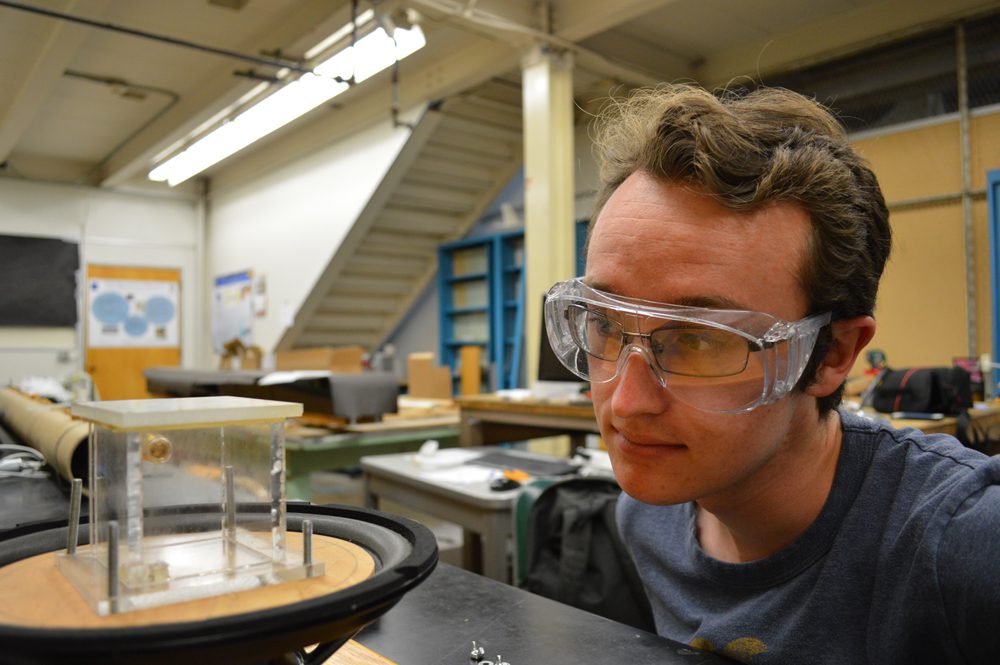
My research is centered around the mechanics of a bouncing fluid droplet, whose bouncing motion can be sustained indefinitely above a bath of the same fluid. This system has gained interest lately due to a mathematical similarity between the motion of these droplets and the behavior of quantum particles. My project aims to test the leading hypothesis for the dynamics behind the droplets bouncing motion through a thorough investigation of air viscosity.
Kendall Wong
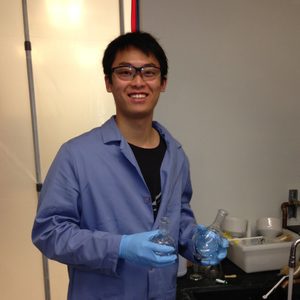
One of the central objectives of modern neurobiological research is to elucidate the relationship between structure and function in the human brain. Neuronal activity is often monitored indirectly through calcium sensors, but imaging thousands of neurons in three dimensions in real time remains a challenge. Subcellular localization of calcium ions at
Xiao Hua Chen

While research concerning the molecular aspects of aging exists, there remain unanswered questions regarding aging differences between males and females. Differences in aging between males and females is a phenomenon that has been observed in many different animals with XY sex determination, including humans. These differences are manifested in the observation that females outlive males. Recent studies have provided insight into the potential role of sex-specific chromatin in aging. My project will focus on conducting lifespan assays for Drosophila flies with altered sex chromosome configurations to directly test the effect […]
Shannon Leslie
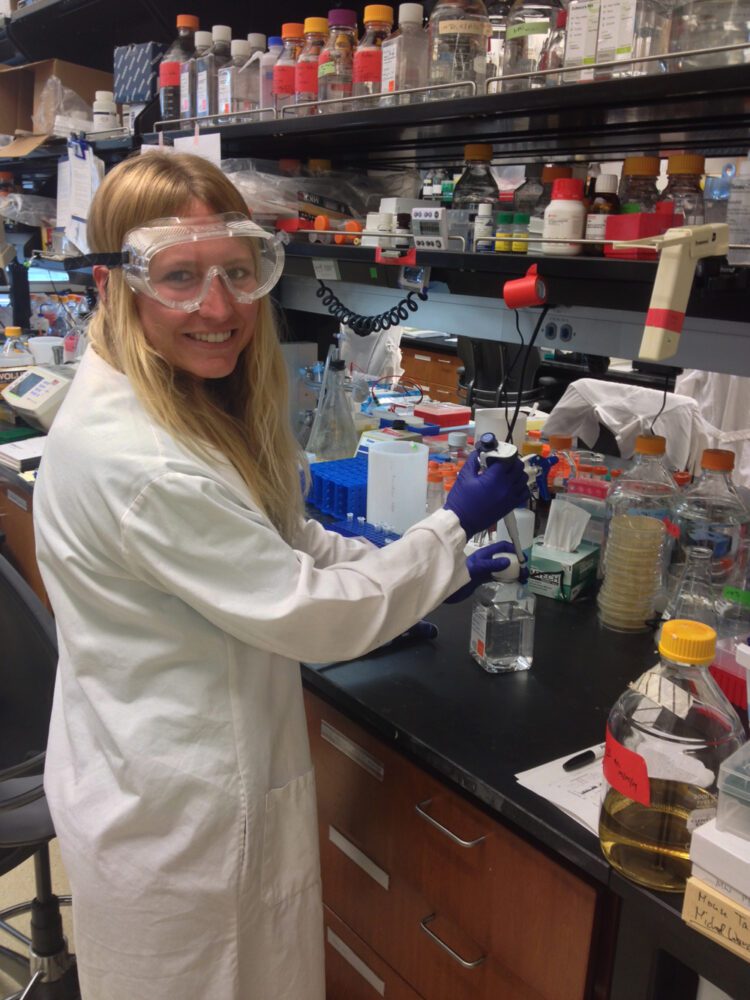
My research looks specifically at Frontotemporal Dementia (FTD), the most common cause of dementia in people under 65 years of age. This disease results in neurodegeneration in the frontal and temporal lobes often resulting in changes in personality, language, and/or behavior. Even at the cellular level there is evidence of FTD pathology. This disease exhibits lysosomal dysfunction and endosomal enlargement, indicating a possibility of an ineffective system of degradation in the cell. Furthermore, this disease is often accompanied by a genetic mutation of a secreted glycoprotein, progranulin, resulting in lower […]
Jifang Xiao
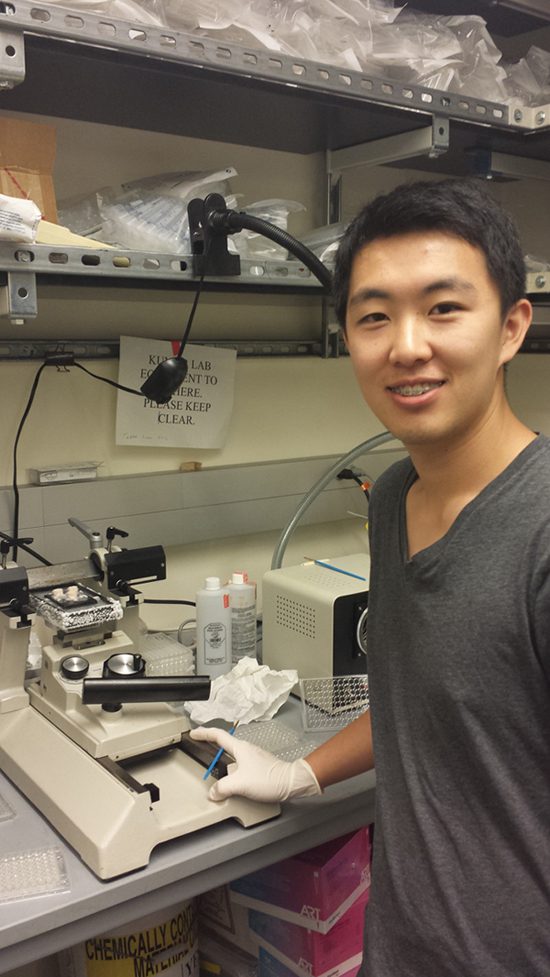
Parkinsons Disease (PD) affects approximately seven to ten million individuals worldwide and is the result of the progressive degeneration of neurons within the brain. The neurological disease is commonly associated with numerous debilitating motor and non-motor features. Recently, transplantation of fetal midbrain tissues to the SN has been investigated to treat PD in humans. However, this therapy is limited by the fetal tissue availability, low reproducibility, and ethical issues. A solution for these limitations is to engineer DA neurons from hPSCs. We recently developed and reported a simple, defined, efficient, […]
Sravya Chilukuri
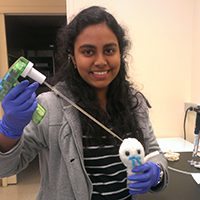
There is an abundance of what humans consider to be pest animals in the world, such as a high population of rats or an uncontrollable populace of monkeys. These pest animals can often act as vectors for disease and they can damage property or endanger human life. It is crucial to control these growing populations in order to avoid these problems. One major way to control population growth is through effective and humane methods of sterilization. I intend to do this by creating an antibody vaccine against the principal calcium […]
Christina Lin
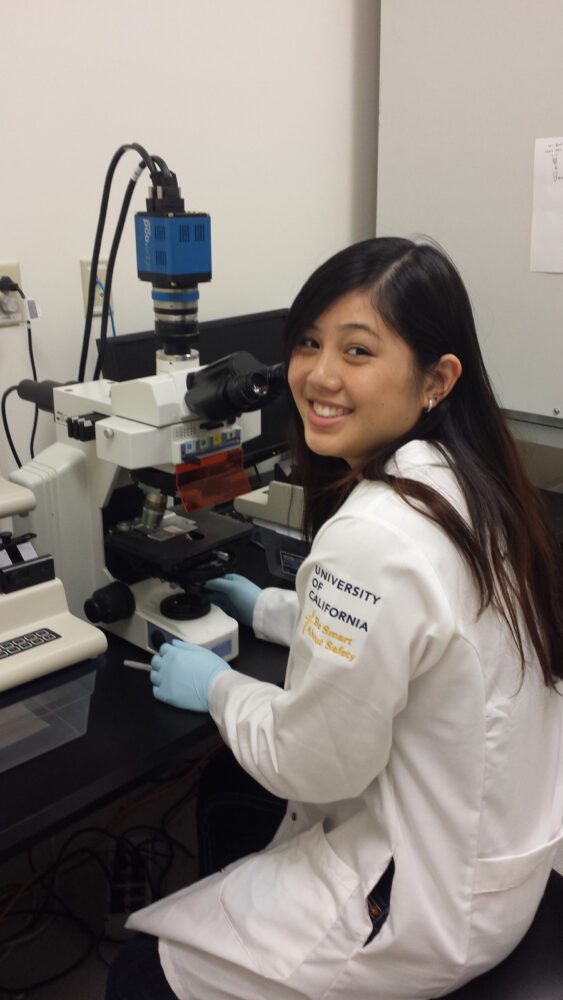
Ovarian cancer is one of the most difficult to study because of its extreme heterogeneity due to its increased likelihood of undergoing epithelial-mesenchymal transition (EMT), a progression towards malignancy. Cells undergoing EMT not only seem to evade detection, but also are resistant to chemotherapeutic drugs. I propose to evaluate the relative gene expression levels of selected epithelial and mesenchymal markers throughout phases of EMT. I will induce EMT in ovarian epithelial cells, SKOV-3, through introduction of either transforming growth factor (TGF-) or thrombin. The morphing phenotype can be evaluated via […]
Annie Yau

Axon polarity and migration are essential for the development of connections in the nervous system. The molecules that guide axons along the dorsal-ventral axis in the model organism C. elegans have led to the discovery of conserved molecules in mammals. Surprisingly, much less is known about how cells or axons are guided along the anterior-posterior axis. Two genes in C. elegans, sax-5 and sax-9, have been identified to have roles in axon pathfinding and extension in the anterior-posterior axis. Mutations in the genes show additional defects in migration and axon […]
Gregory Chin
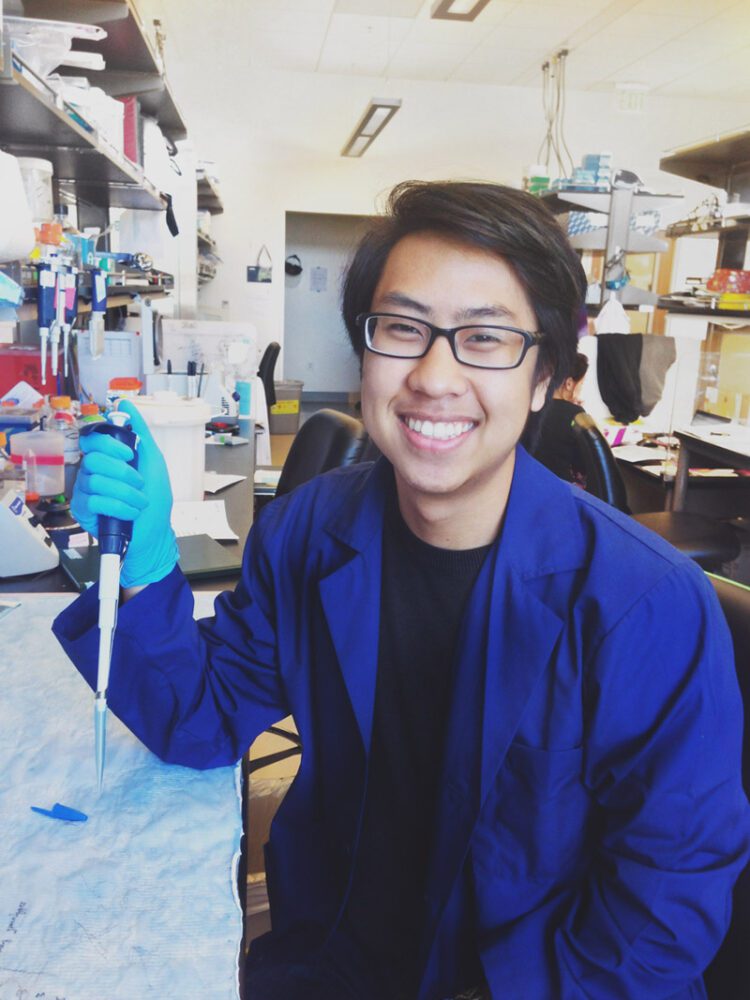
Post-traumatic epilepsy (PTE), occurring after brain insult, is one of the most common epilepsies, affecting millions of people worldwide. The progression of PTE is marked by a period of neuronal network reorganization in which post-injury inflammatory responses are thought to contribute to a hyperexcitable neural environment, ultimately leading to chronic and spontaneous seizures. Previous research found that the breakdown of the blood-brain barrier (BBB) during injury allows the serum protein albumin from the blood to enter the brain. Serum protein albumin binds selectively to transforming growth factor beta receptors (TGF-R) […]
Kaylee Mann
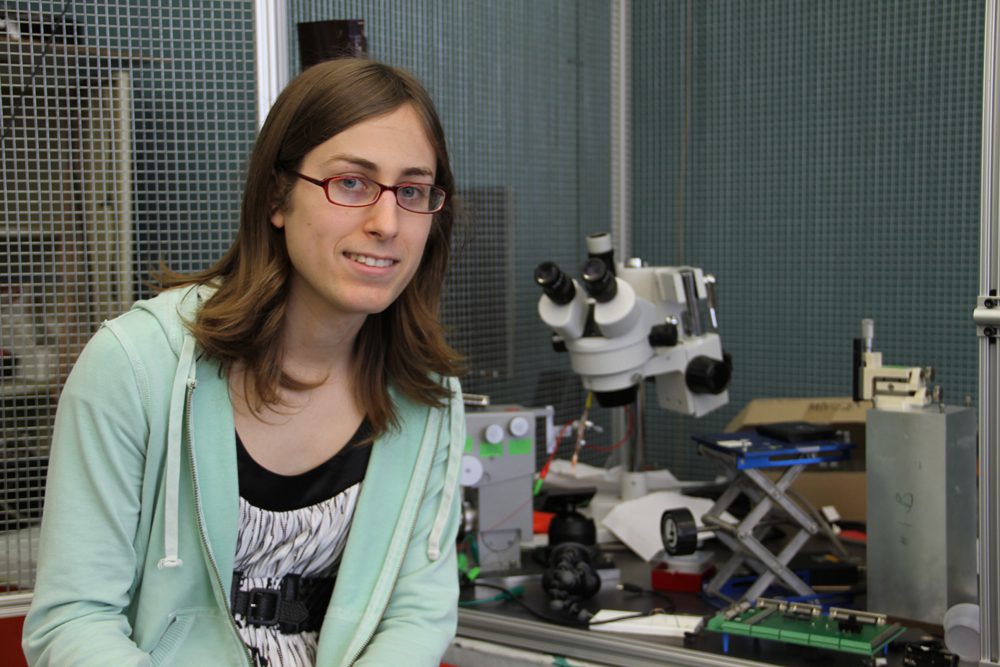
Many insects use ocelli to aid in determining their orientation in flight. Ocelli are a set of small eyes that are separate from the large compound ones on insects such as grasshoppers and dragonflies. We have designed a device that can be mounted on the head to optically stimulate these ocelli. Preliminary results show stimulation of these ocelli to be correlated with head movements. This summer, we will work to show that these movements correspond to a change in the insect’s perceived orientation and can be exploited to produce directed […]